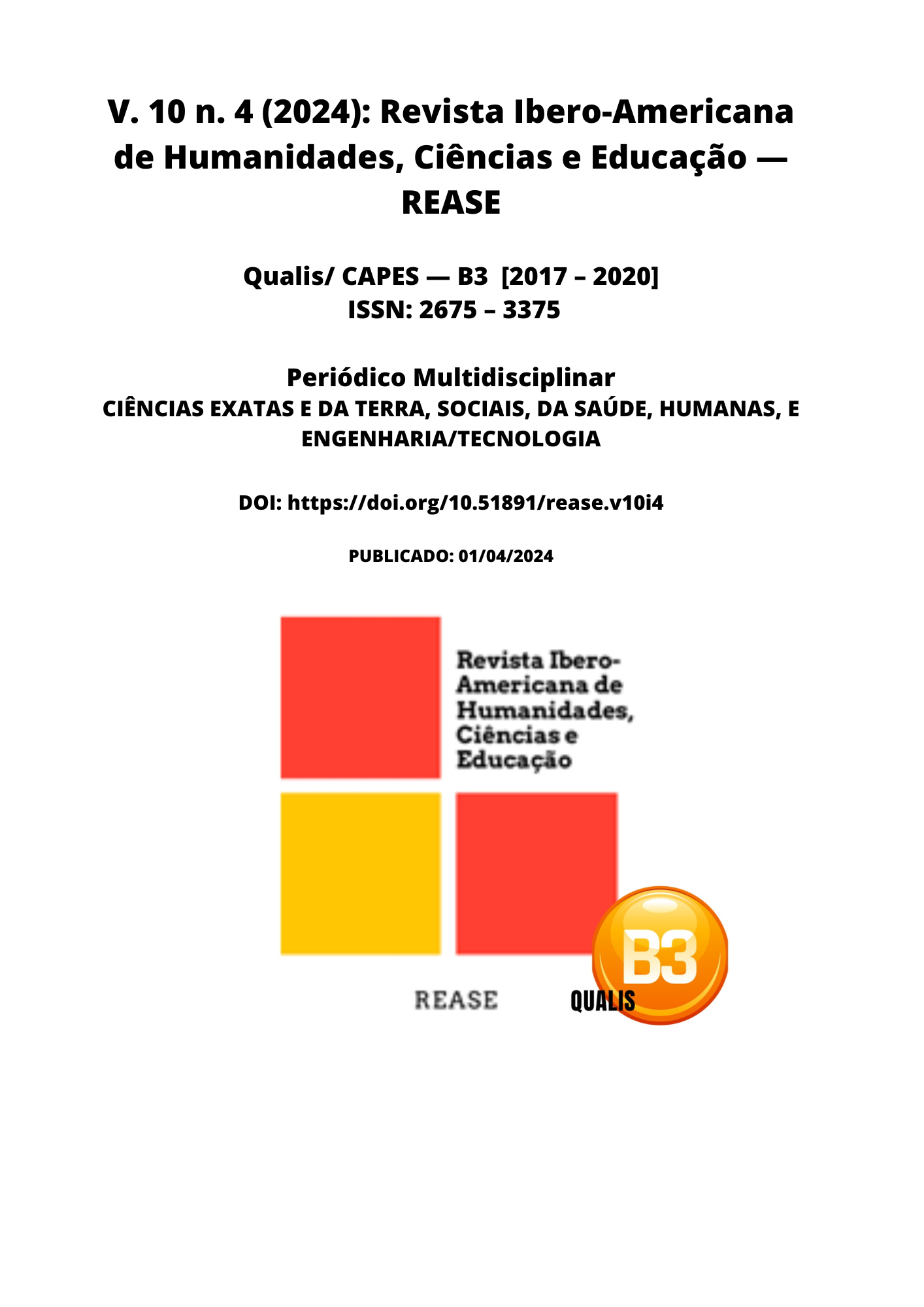ADVERSE SKIN REACTIONS TO OPHTHALMOLOGICAL DRUGS
DOI:
https://doi.org/10.51891/rease.v10i4.13543Keywords:
Adverse reactions. Skin reactions. Ophthalmological medications Skin adverse effects and ophthalmological adverse reactions.Abstract
Adverse cutaneous reactions to ophthalmic medications represent a significant challenge in clinical practice, affecting treatment adherence and patients' quality of life. These reactions range from mild irritations to serious conditions that require immediate medical intervention. Understanding these reactions is crucial for developing prevention and management strategies. Objective: The systematic review aimed to investigate the prevalence, types and risk factors associated with adverse skin reactions resulting from the use of ophthalmic medications, with the aim of improving prescription and monitoring practices. Methodology: The methodology followed the PRISMA checklist, with research carried out in the PubMed, Scielo and Web of Science databases, using descriptors such as “Adverse reactions”; “Skin reactions”; “Ophthalmic medicines”; “Skin adverse effects” and “Ophthalmological adverse reactions”. Articles published in the last ten years that reported observational studies and clinical trials were included. Inclusion criteria covered studies with empirical data on adverse reactions in patients of any age, while studies unrelated to ophthalmic medications, isolated case reports, and non-peer-reviewed articles were excluded. Results: 13 studies were selected. The results revealed that the most common skin reactions were associated with preservatives in eye drops, such as benzalkonium. It was identified that patients with a history of allergies were at greater risk of developing adverse reactions. Furthermore, the lack of information about the components of the medicines contributed to the incidence of reactions. Conclusion: It was concluded that adverse skin reactions to ophthalmic medications are a relevant problem, with a direct impact on patient safety. The review emphasized the need for greater awareness of the active ingredients and preservatives present in ophthalmic medicines and the importance of education strategies for healthcare professionals and patients.
Downloads
Downloads
Published
How to Cite
Issue
Section
Categories
License
Atribuição CC BY

